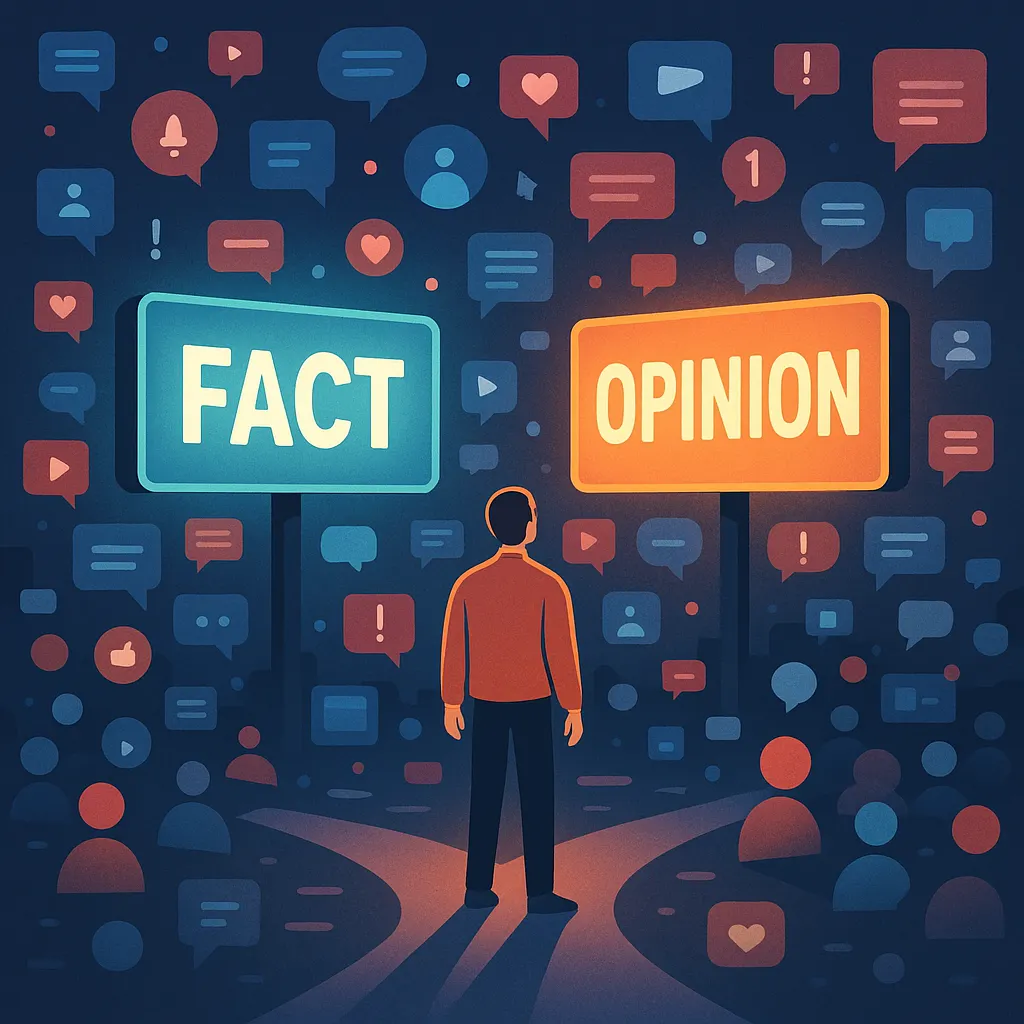Hi, I’m Uri Samet
Digital Marketing Expert.
I’m the founder and CEO of Buzz Dealer, a global digital marketing agency specializing in digital PR and online reputation management (ORM). My work centers on helping brands and public figures build visibility, credibility, and trust across search, social, and AI-driven discovery platforms. By combining strategic communication, SEO-rooted thinking, and data-driven storytelling, I focus on transforming how reputation is shaped and sustained in the digital era.
What I Do
Problem Solving
If you have a problem that has to do with the online world, chances are that I will have a creative solution for you.
Online Reputation Management
Getting the right information about you or your brand presented accurately online.
Digital PR
Getting the right message crafted according to the right specifications and published on the right platform, to get the most attention.
SEO & ASO
Optimizing your website, mobile app, service or product so that it can be easily found online by your potential customers.
Performance Marketing
Planning, executing and monitoring results-oriented, cross-platform marketing campaigns.
Marketing Strategy
Mentoring digital startup entrepreneurs, optimizing marketing plans and serving on several advisory boards.
My Resume
Education
BA in Economics & Management
Academic College of Tel-Aviv (2002-2006)Acquired an in-depth understanding of the essence of managerial positions and processes in organizations, and the know-how about how the economic system works - theories and approaches, financial concepts, the forces behind the system, etc.
MPH in Emergency & Disaster Management
Tel-Aviv University (2007-2009)Acquired the expertise and skills focused on emergency preparedness and disaster management, and the importance of forecasting and implementing contingencies in place for crisis management, as well as post-crisis relief.
Online Marketing Certifications
Various institutes (2011-2018)Certified by Google, Facebook, Twitter, Micrisoft, Hubspot and additional platforms and institutes in campaign management, statistical review, client management and other digital marketing related procedures.
Other certifications & qualifications
Various institutes (2004-2009)Certified emergency medical technician, medical instructor, safety and fire-safety supervisor and civil defense officer, and also an international skipper.
Work Experience
Buzz Dealer
CEO & Co-Founder (2019 - Present)Established one of the first digital marketing firms to provide a holistic solution, focusing not only on digital PR, campaigning and brand awareness, but also on online reputation and content-oriented awareness.
Interacting Technology
CMO (2014-2018)In charge of the top-to-bottom marketing strategy of a unique social platform, combining technology and UX to unite between members of a virtual community based on interests, beliefs, associations and more.
Moovz
CEO (2016-2018)Stood at the forefront of one of the first LGBTQ social platforms, created with the goal of establishing a safe and accepting atmosphere for all members of the community. Responsible for developing the platform from an idea into the leading network it is.
Checklist Solutions
Managing Partner (2008-2018)From the founding steps, headed this SEO, SEM and content service providing platform. Took part in turning it into a full-stack marketing firm and enhancing its partnerships, alongside turning it into a multilingual brand.
Interviews

Buzz Dealer CEO Talks about New Cyprus Office, Brokerage Marketing Trends
By Finance Magnates









